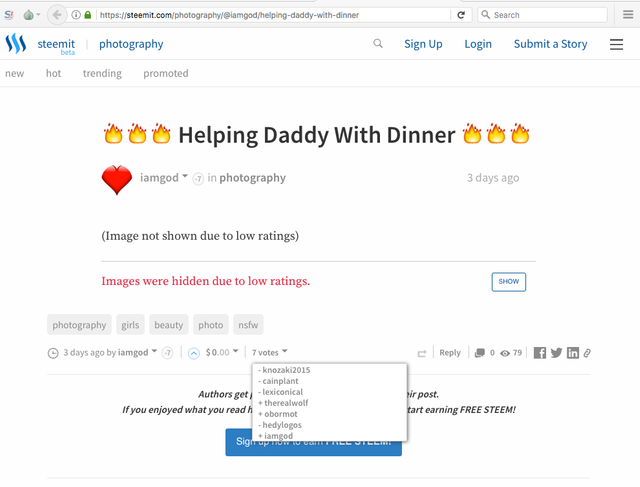Turning the Tide: Effect of Anti-NOGO-A Immunotherapy on Performance in a Morris Water Maze Following MCAO

As part of my undergraduate studies, I co-authored this research in the neuroscience department at Northern Illinois University. I presented it at the annual research symposium Undergraduate Research and Artistry Day and won second place in the Science, Math, and Engineering category.
Above is the poster that I presented for image reference.
Introduction
Of the 795,000 people that experience stroke every year, 130,000 of them die, making stroke the fifth leading cause of death in the United States (CDC, 2017). Moreover, stroke is the leading contributor to long term neurological disability with stroke survivors manifesting severe impairments to locomotor and/or cognitive functioning (AHA, 2016). The most common methods for improving these impairments are rehabilitative therapies, which produce limited success or rarely generalize across stroke cases.
Rodent models have been critical tools in examining the effectiveness of novel therapeutic interventions. Recent research has provided evidence that immunotherapy with the Anti-NOGO-A (11C7) antibody increases neuroplasticity throughout the central nervous system and has been shown to improve functional recovery in a skilled reaching task following a stroke (Tsai et al., 2011). The current study seeks to extend these findings by examining the effects of 11C7 administration on improving cognitive and motor functions in rats in a Morris water task (MWT). If successful, these results could provide evidence for further exploring the use of immunotherapy as a treatment for promoting functional recovery in human stroke patients.
Methods
Four groups of male rats were used for this study. The control group (n=5) were not given strokes. The MCAO/no treatment (n=6), Ab (n=6), and 11C7 (n=5) groups received unilateral Middle Cerebral Artery Occlusion (MCAO) strokes. Following a one week recovery period, Ab (antibody) and 11C7 groups were implanted with osmotic pumps containing antibody treatment. Diffusion of treatment continued for two weeks, after which the pumps were removed and the rats were allowed to recover. One week after pump removal, all rats were assessed for locomotor functioning for five weeks. Following locomotor assessment, all rats began water maze testing. The MWT consists of a six-foot diameter metal tub with a white platform placed in the northeast quadrant. The tub was filled with water ( 20 +/- 1°C) and colored white with tempera paint. Place training consisted of four trials per day, for five days of testing. During a trial, a rat was placed into the pool facing the wall at one of four changing release points. Rats were allowed 60 seconds to locate the hidden platform, after which they were led to it. After locating it, they remained on the platform for 30 seconds to allow for encoding of their surroundings. Measures of interest included the latency to reach the platform, swimming speed, heading, and swim path complexity. These measures were recorded with an overhead camera that tracked the movements of the rats. I later translated them to graph form (see poster for the results of these trials).
Conclusions
Behavioral analysis of water task performance showed that all groups were able to learn the task, regardless of which treatment they received. All measured skills of interest improved over the course of the experiment, and neither MCAO repair surgery nor treatment with 11C7 had any effect on performance.
The suspected reason for discrepancy between expected and actual results are that the lesion caused by the stroke was on a part of the brain not responsible for the functions required for the task. Another potential reason is that among the rats, lesion size varied. Both of these factors could have affected the outcome of this research. Future research should more closely consider stroke location when determining an appropriate assessment of impairments.
References:
Center for Disease Control and. Prevention. 2017. Stroke Fact sheet. Retrieved https://www.cdc.gov/stroke/
American Heart Association. (2017). Together to End Stroke. Retrieved from. http://www.strokeassociation.org/STROKORG/AboutStroke/_UCM_308529_SubHomePage.jsp
Tsai, S. Y., Papadopoulos, C. M., Schwab, M. E., Kartje, G. L., (2011). Delayed Anti-NOGO-A therapy improves function after chronic stroke in adult rats. Retrieved from https://www.ncbi.nlm.nih.gov/pubmed/21088244
Hello Friend How are you support and vote Thank you
@therealwolf 's created platform smartsteem scammed my post this morning (mothersday) that was supposed to be for an Abused Childrens Charity. Dude literally stole from abused children that don't have mothers ... on mothersday.
https://steemit.com/steemit/@prometheusrisen/beware-of-smartsteem-scam
And the reason why is because @therealwolf is disgusting slimy pedophile that enjoys abusing kids. Here's proof of him upvoting child porn on the steemit blockchain. bigbadwolf indeed.
And the reason why is because @therealwolf is disgusting slimy pedophile that enjoys abusing kids. Here's proof of him upvoting child porn on the steemit blockchain. bigbadwolf indeed.